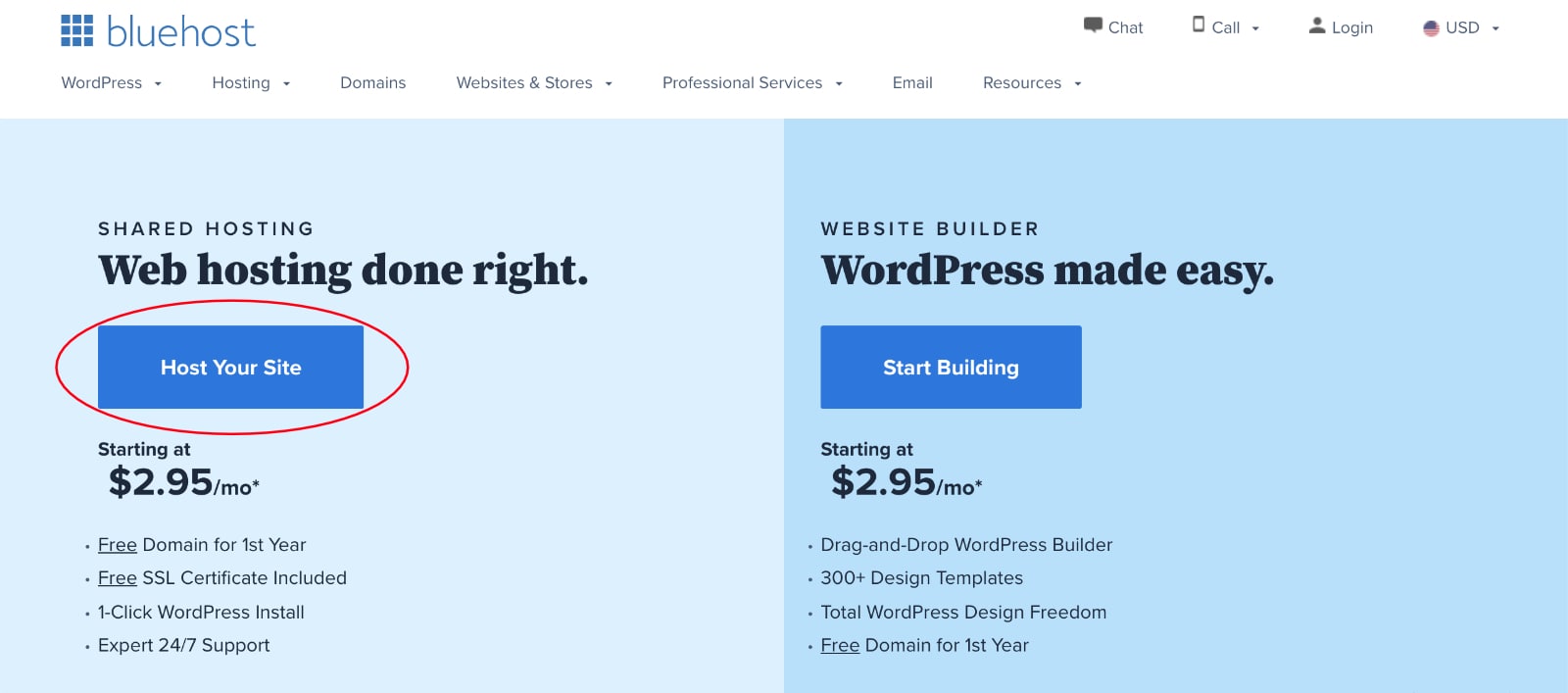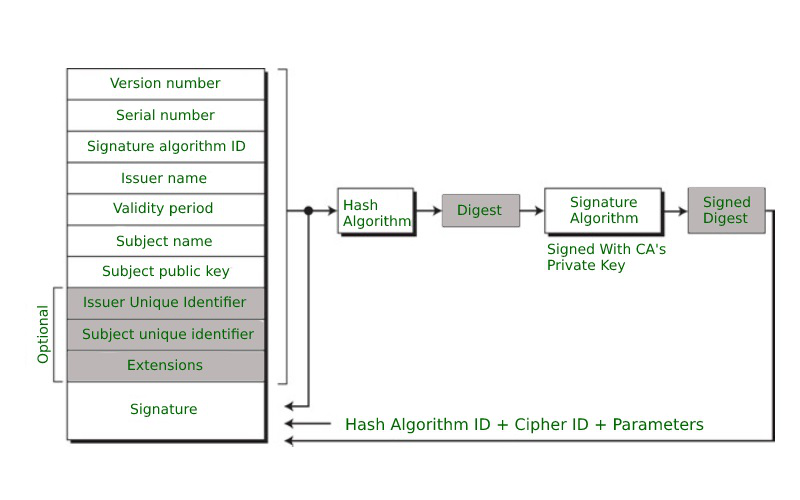
A Website Security Seal is a visual indication that an online site is secure and safe for visitors to use. It is an effective way to increase conversions, build trust, and boost your website.
Baymard Institute says that a website seal can increase consumers' trust and perception of the site. This increase in trust leads to a lower rate of shopping cart abandonment, as well as higher order completion rates.
Site Seals are provided by most reputable authorities for free when you purchase SSL Certificates. Installation of the Site Seals is straightforward and does require technical expertise. The seal is displayed on your site along with a time stamp that confirms your web page's security.
Secure Site Seals - also called Site Trust Marks - inform customers of your company’s investment in the latest security technology. They show your commitment to keeping them safe from phishing attacks, eavesdropping and credit card theft.

When customers see that a site seal is secure, they feel more confident about sharing sensitive information such as credit cards details during a checkout. They know that you use encryption to protect your data and that they are not sending their personal information unencrypted.
Clicking on a dynamic seal will reveal security information in real time, including a timestamp or certificate validation. These are more important than static seals because they allow users to verify that the website they are on is indeed safe.
The best place to display a site seal is right below the login or payment fields on your website; this can help maximize visitor's trust. Additionally, placing a website seal on the bottom of your webpage can increase consumer confidence and conversions.
There are a wide range of website security seals available on the market. Comodo DigiCert Norton, are three of the most common.
The Comodo Secure Seal is a great way to boost the trust of your customers and increase their confidence in your site. It is a sign that Comodo has verified your organization's scan for malware.

Comodo provides a Java script or HTML code to help you install the seal. You can pick the style, size and color that best suits your website.
Dynamic site seals are the most valuable to a website because they can be clicked on to display real-time certificate validation information that can never be faked, such as a timestamp and information about the company that owns the website. This information allows your visitors to feel secure that their sensitive information will never be passed on to a third party even if they're using a public network.
FAQ
Can I build my website using HTML & CSS?
Yes, you can! It's possible! You need to have basic knowledge in web design and programming languages, such as HTML (Hyper Text Markup Language), CSS and Cascading Style sheets (Cascading CSS Sheets). These two languages make it possible to create websites accessible by all who have an internet connection.
How much do web developers make?
The hourly rate for a website you create yourself is $60-$80. Independent contractors are a better option if your goal is to charge more. The hourly rate could be anywhere from $150 to $200
What Kinds Of Websites Should I Make?
The answer to this question depends on your goals. You may choose to sell products online if you want to build a website. You'll need to build a robust eCommerce site to do this successfully.
Blogs are another popular type of website. Each one requires different skills and tools. If you are looking to start a blog, then you need to know about blogging platforms like WordPress and Blogger.
You will need to decide how to customize your website's look when you select a platform. There are lots of free themes and templates available for each platform.
After you have chosen a platform, it is time to add content. Your pages can be filled with images, videos and text.
Once you're ready to publish your website online, click here. Once published, visitors can view your site in their browsers.
Statistics
- Is your web design optimized for mobile? Over 50% of internet users browse websites using a mobile device. (wix.com)
- It's estimated that chatbots could reduce this by 30%. Gone are the days when chatbots were mere gimmicks – now, they're becoming ever more essential to customer-facing services. (websitebuilderexpert.com)
- The average website user will read about 20% of the text on any given page, so it's crucial to entice them with an appropriate vibe. (websitebuilderexpert.com)
- Did you know videos can boost organic search traffic to your website by 157%? (wix.com)
- Studies show that 77% of satisfied customers will recommend your business or service to a friend after having a positive experience. (wix.com)
External Links
How To
Drupal 7 Web Design Tips
Drupal is today's most popular Content Management System (CMS). It was developed in 2003 by Dries buytaert of Belgium. Named after the names of its two developers, Dirk Buijtewaard (from Belgium) and Pierre d'Herbemont (from France). Drupal was made open-source in 2005. Since then, many versions have been released. Drupal is used by numerous websites and companies all over the world today.
Drupal is extremely popular among website owners due to several reasons. It's free to download. It's easy to customize and extend. It is well documented. It also provides excellent support via forums and IRC channels. It can be extended via modules. Sixth it supports multiple languages. Seventh, it is easily customizable. Eighth, it is scalable. It is safe. Tenth it is reliable. It is also supported by the community. Drupal is an excellent choice for your next development project.
You might wonder what makes Drupal stand out from other CMS platforms. It is easy to answer. Drupal is an open-source content management system. Drupal is free and open-source content management system. Drupal gives you full control over your website. You can add or remove pages, change colors, fonts, images, videos, etc.
Drupal is an option for those who lack the technical skills required to create websites. Drupal is a CMS that doesn't require programming skills. You only need to know how Drupal works. Once you have learned how to use Drupal, you can modify your website as it suits your needs.
Drupal's many pre-built themes, and plugins are another benefit. These plugins allow you to improve the functionality of your site. To gather contact information from your visitors, you could use the Contact Form Module. Google Maps also allows you to display Google Maps on your website. Drupal includes thousands of premade templates. These templates give your website a professionally designed look.
Drupal's flexibility is another advantage. Drupal is extremely flexible. You can add new modules to your site or even replace them without worrying about compatibility. If you are looking to integrate social networks into your website, this is possible quickly. You can also set RSS feeds up, subscribe to e-mails, and many other things.
Drupal is extremely customizable. Drupal allows you to add custom fields and forms, manage your users, and many other features. Drupal allows you to create complex layouts.
Drupal is also reliable and sturdy. It is stable and can scale. It is also very secure. Drupal is a solid web development platform.